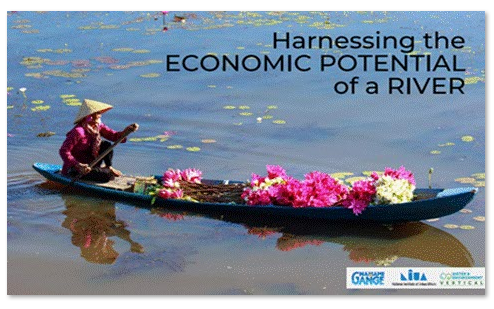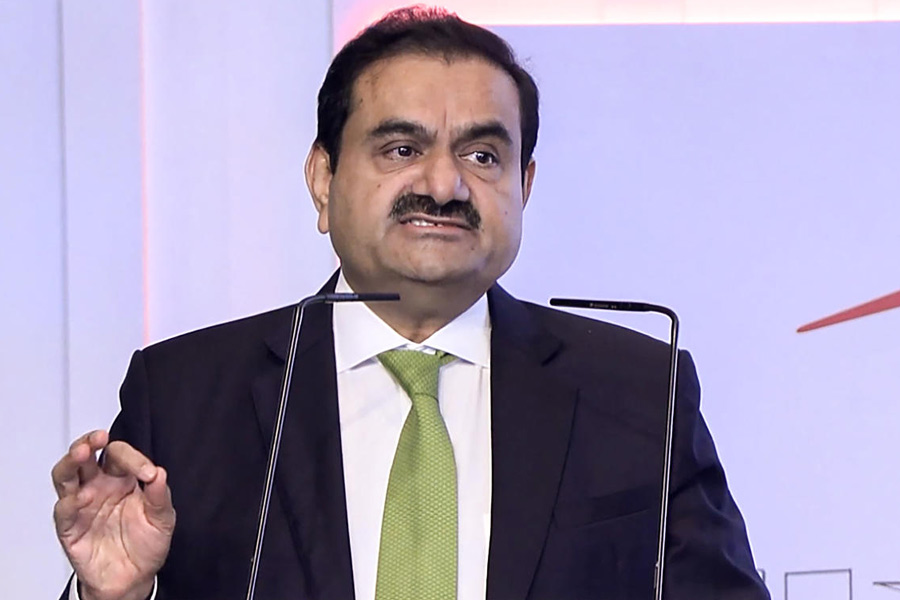NEW DELHI: In a major push for river-sensitive urban development, the National Mission for Clean Ganga (NMCG) has approved a comprehensive action plan for 145 cities located along rivers across the country. This plan, set to be implemented in 2025, aims to keep urban river stretches healthy, sustainable, and integrated into urban planning efforts.
The initiative is part of the River Cities Alliance (RCA), launched in 2021 to rejuvenate urban rivers across India. The selected cities include Agra, Ayodhya, Kanpur, Lucknow, Varanasi, Dehradun, Patna, Pune, Chennai, Hyderabad, Udaipur, Bhubaneswar, Surat, Thiruvananthapuram, Visakhapatnam, and more.
Delhi will be included under the Urban River Management Plan (URMP), a key component of the RCA. The URMP for Delhi—centered on the Yamuna—will serve as a model for other major cities, highlighting the importance of viewing rivers as living ecosystems rather than just water channels.
“The URMP in Delhi will anchor the vision of resilient and river-sensitive development,” said an official statement from NMCG.
The plan emphasizes sustainable, inclusive river management aligned with national environmental goals. The 145 cities covered include:
- 14 in Uttarakhand
- 25 in Uttar Pradesh
- 20 in Bihar
- 14 in Jharkhand
- 32 in West Bengal
- 40 from other states
The action plan is jointly led by the Ministry of Jal Shakti and the Ministry of Housing and Urban Affairs, aiming to mainstream river-focused planning into the national urban development agenda.
Key components of the 2025 plan include:
- Strengthening institutional capacity at the city level
- Promoting collaboration between river cities
- Integrating river-sensitive practices into city master plans
- Preparing River-Sensitive Master Plans (RSMPs)
Five cities—Kanpur, Ayodhya, Chhatrapati Sambhaji Nagar, Moradabad, and Bareilly—have already developed their URMPs, setting an example for others. An additional 25 URMPs are scheduled for completion this year, as part of a broader target to create 60 such plans in the first phase over the next two to three years.




